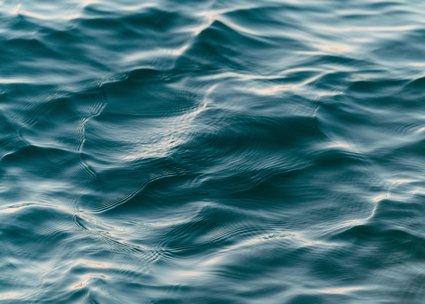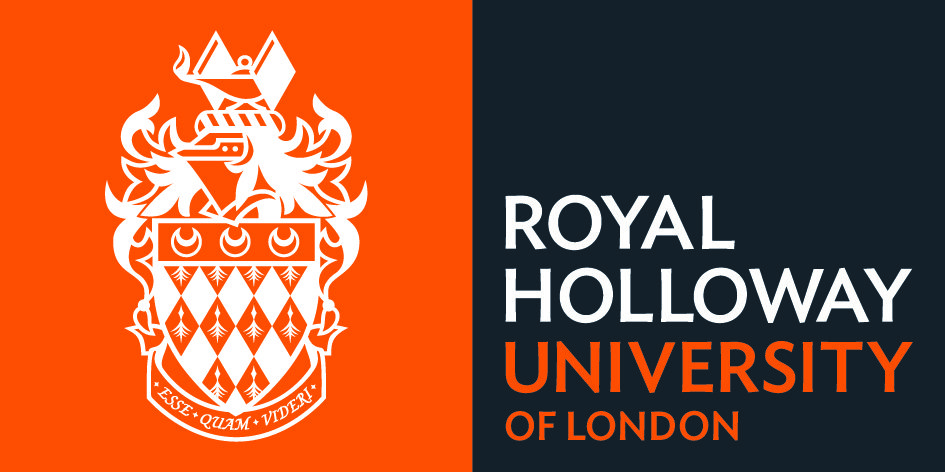
Lesson 9 - Optional Lesson - Connections to the Sea
This optional lesson looks at how humans connect to the sea and ocean through stories within certain cultures. The main activity can be used as a stand-alone lesson or the final part of this lesson sequence.
Learning goals
1. To look at ways people around the world connect to the sea.
2. To summarise our findings.
3. To identify the similarities and difference between the connections to the sea.
4. To create our own connection to the sea.
Learning Outcomes
Greater Depth:
Pupils will have a deep understanding of how people can connect with the sea. They will be able to synthesise knowledge and understanding and present their ideas with distinct clarity.
Expected Level:
Pupils will show understanding of how people connect to the sea and use some examples to support their ideas. They will be able to draw upon knowledge to present their ideas.
Working Towards:
Pupils will be able to understand how people connect to the sea using some examples. They will show some ideas of what they have learnt.
Support:
Pupils will show limited understanding of connections to the sea. They will be able to present a few ideas from previous learning.
Suggested learning activities
Starter
While you wait exercise... thinking about the title of this lesson, are there any connections which come to mind? Guide them to think about stories, legends, spirits which connect us to our blue spaces.
Main 1
Introduce the idea that cultures around the world have connections to the sea which come through in several formats. Talk about the differences between myths, legends, deities and spirits. Ensure that these are discussed with sensitivity being aware of the diversity within your own class and the wider community.
Introduce the class to some of the spiritual and cultural connections to the sea around the world as a ‘circus time’ exercise. Class discussion on the similarities and differences between their findings. Focus mainly on the similarities.
Main 2
Thinking about ocean conservation and drawing together what they have learnt in this topic, pupils can create their own connection to the ocean in any creative format they wish.
Plenary
Exhibition style display of the class's creations which can be viewed by the class and others.
Circus Time (based on a class of 30 pupils)
Set up the room with 10 learning stations as follows:
Learning stations 1&6: Written text
Learning stations 2&7: Poster
Learning stations 3&8: Audio
Learning stations 4&9: Factsheet
Learning stations 5&10: video
Split the class into 10 groups – 3 pupils in each of a similar ability. NOTE: They will only need to visit either stations 1-5 or 6-10 as the information will be repeated.
The groups should then aim to visit each station gathering information within the time limit whilst the teacher circulates questioning and supporting where needed. Differentiation will happen naturally here as some pupils will tackle all the stations and others will opt for certain ones which will suit their learning strengths. The teacher can intervene, and guide pupils to particular stations depending on their learning strengths. Teacher should keep track of the group’s progress using the tracking table.
File nameFiles
File type
Size
Download
